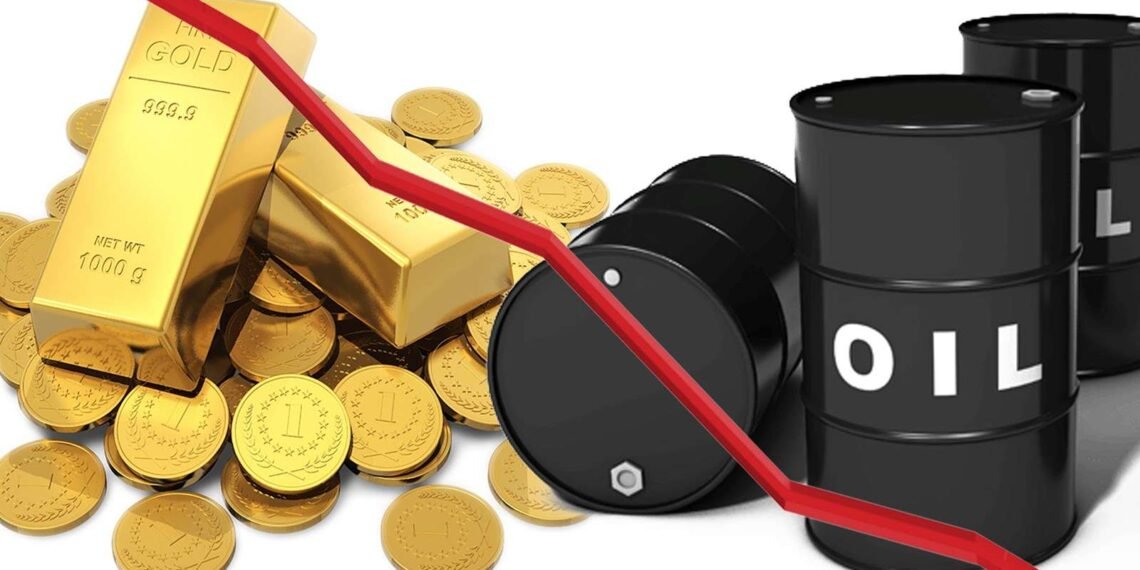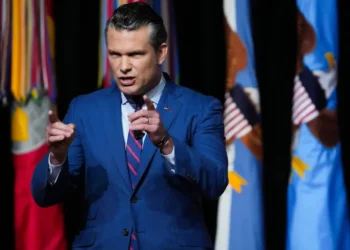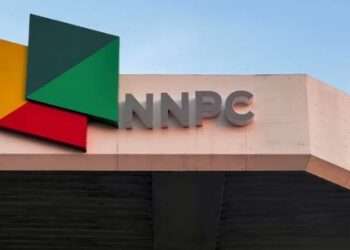The Gold for Oil programme continues to spark heated debate as new revelations question its transparency, effectiveness, and ultimate cost to the Ghanaian people.
Bright Simons, Vice President of IMANI Africa, described the initiative as an opaque and inefficient arrangement that disguised itself as innovation while producing heavy losses for the Bank of Ghana (BoG) and handing questionable advantages to little-known companies.
According to Simons, what should have been a straightforward exercise of selling gold for dollars to fuel importers instead turned into a shadowy process.
He explained that the central bank liquidated gold through unidentified brokers and then transferred the proceeds to obscure fuel traders who supplied the state-owned Bulk Oil Storage and Transportation Company (BOST) under questionable terms.
“Some of the companies that got the gigs to supply fuel had zero track record in the industry. Indeed, one of them is now subject to criminal proceedings in London for its role in the G4O saga.
“Unsurprisingly, the BoG reported foreign exchange losses that exceed 2.1 billion GHS. In addition to whatever fees were paid to the mystery middlemen, the forex losses were some counterparties’ gain. In essence, someone was laughing at the bank.”
Bright Simons
The government launched the Gold for Oil programme in late 2022, presenting it as a bold solution to the currency crisis.
Authorities declared that Ghana would use its gold reserves to pay for refined fuel imports, petrol, and diesel, instead of relying on scarce dollars.

International observers interpreted this as part of a wider global de-dollarisation trend. Locally, it was marketed as an innovative strategy that would ease pressure on the Ghanaian cedi by bypassing dollar dependence.
Yet, according to Simons, the plan was never as groundbreaking as officials claimed.
Because gold is already a “dollar-liquid” asset, he argued, there was little justification for not simply selling the gold for dollars and then using that money to cover the annual $4 billion fuel import bill.
As he explained, over time, it became obvious that this was exactly what Ghana was doing: selling gold for dollars before paying importers. The only difference was the complex and opaque way the process was structured.
A Tilted Market For BOST
Ghana operates what Simons calls an “almost liberalised” fuel market. Licensed private companies, known as Bulk Distribution Companies (BDCs), are allowed to import fuel under the regulation of the National Petroleum Authority (NPA).
Similarly, the forex market is only partly liberalised, meaning the BoG routinely auctions dollars to BDCs to meet demand for fuel imports.

Before the Gold for Oil programme was introduced, the central bank had already begun capturing more of the dollars generated by gold exports. It could have chosen to increase dollar auctions for BDCs to ease shortages.
Instead, the government chose to channel resources into BOST, boosting the state company’s market share dramatically.
Instead, the government decided to support the state-owned BDC, BOST, to import more fuel and increase its market share.
“One possible policy justification might have been that BOST would increase competitive pressure in the industry, strategically lowering prices and smoothing supply bumps.”
Bright Simons

However, Simons noted that the numbers tell a different story. During the Gold for Oil period, the BoG supplied approximately $1.63 billion directly to BOST’s suppliers, bypassing the usual auction system in what he described as a “highly opaque arrangement.”
Civil Society Demands Answers On Gold For Oil
The lack of transparency has triggered widespread concern. IMANI Africa and its partners recently announced findings that suggest elements of graft and dubious practices within the programme.
They have since petitioned the authorities to order a comprehensive forensic audit of Gold for Oil, with civil society organisations observing the process to ensure full accountability.
“In March 2025, the BoG terminated its involvement in G4O. In the 6 months since termination and reversion to standard dollar auctions, life goes on as normal. No shortage at the pumps, no crazy hikes in the dollar.”
Bright Simons
He further argued that the programme’s impact was minimal at best and harmful at worst.

The only clear outcome, he said, was a dramatic rise in BOST’s market share by over 500 percent, even though private BDCs continued to supply more than 70 percent of fuel at the peak of the programme.
The bigger promises, currency stability, lower pump prices, or improved access to fuel, never materialised. Simons dismissed these supposed benefits as illusions, noting that the end of the programme brought no disruptions to fuel supply or exchange rates.
In fact, by removing forex losses, middleman fees, and questionable margins, he believes consumers could have benefited from marginally lower fuel prices.
To test this claim, IMANI ran a counterfactual analysis, which confirmed that without Gold for Oil, prices would indeed have been lower.
As public pressure builds, the call for a forensic audit has become louder. Whether the government will respond decisively remains uncertain, but what is clear is that the Gold for Oil programme has left behind more controversy than comfort.
READ ALSO: Energy Minister Swears in New GNPC Board



















